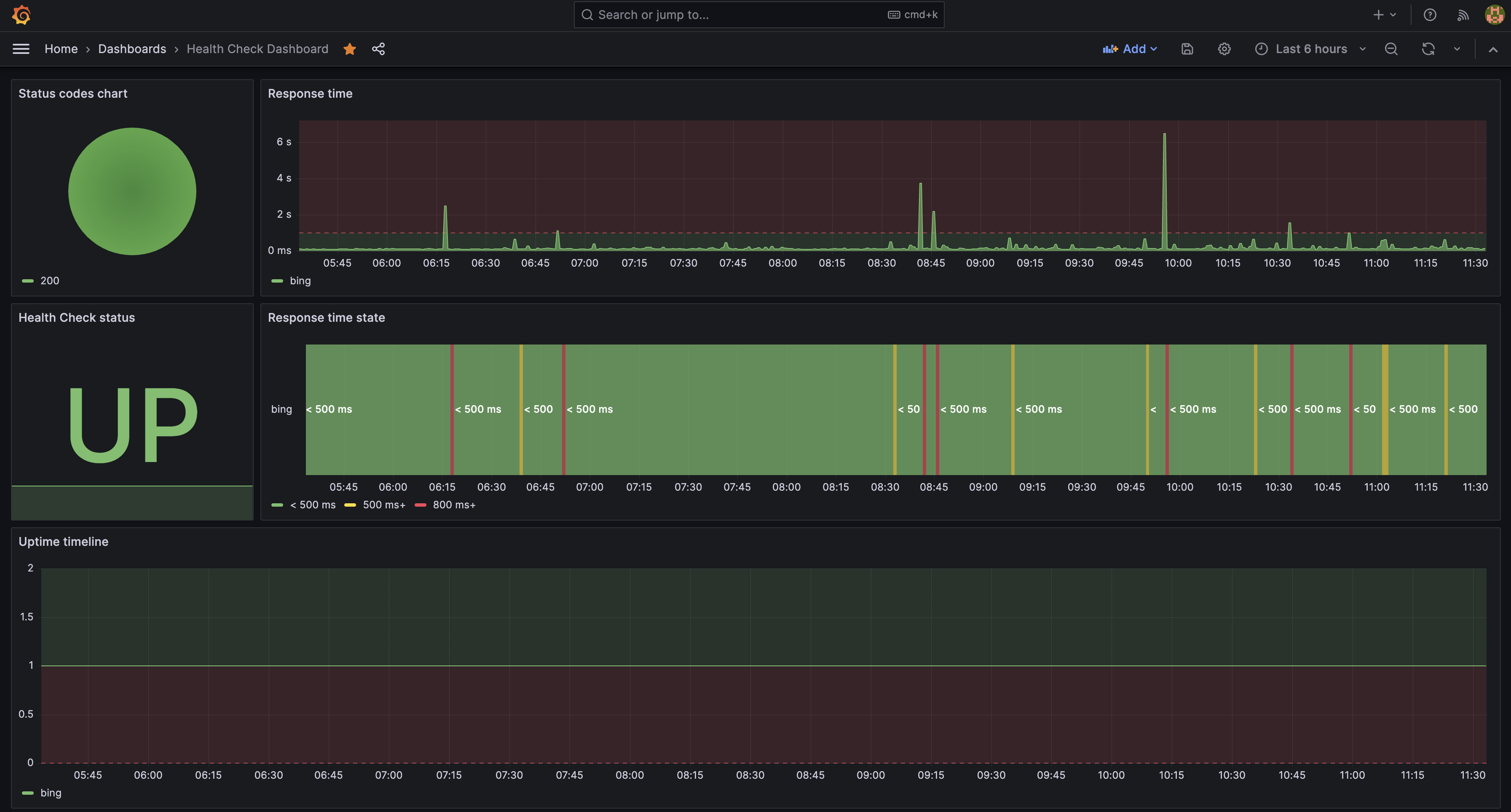As the Kubernetes ecosystem continues to evolve, Cloudders remains aware and tries to innovate, consistently delivering features that enhance your Kubernetes experience. We are thrilled to introduce significant new enhancements to our Kubernetes Health Check Operator—an indispensable tool for DevOps teams overseeing Kubernetes deployments.
Major Upgrades in v0.4.0
Our latest release, v0.4.0, is packed with powerful new features and enhancements designed to make your Kubernetes health checks more robust and insightful.
Backoff Mechanism
Managing rate limits can be challenging, especially when health checks are performed frequently. With our new backoff mechanism, the operator intelligently adjusts the interval between health checks if a 429 Too Many Requests response is encountered. This backoff mechanism helps to avoid overloading your services and ensures compliance with rate limits.
REST API Implementation
We understand the importance of real-time visibility into the health status of your services. That’s why we've implemented a REST API that exposes the health check statuses in JSON format. This API allows developers to integrate health check data seamlessly into their applications, providing better insights and automated responses to service health changes.
Check State
To provide clearer insights into the status of your health checks, we've introduced a new State field in the health check status. This field can have one of the following values:
- Active: The health check is running normally.
- CheckBackoff: The health check is in a backoff state due to rate limiting.
- Errored: The health check configuration is incorrect or an error occurred during execution.
These states help you quickly understand the status of your health checks and take appropriate actions.
Bug Fixes for NotificationRules
We have also addressed several bugs related to NotificationRules. These fixes ensure that notifications are sent accurately and timely, enhancing the reliability of your monitoring setup.
Since the features are widely available with the release of version v0.4.0, there's no wait time. You can start enhancing your Kubernetes operations with these awesome updates immediately.
Why These Features Matter
Backoff Mechanism
The backoff mechanism ensures that your health checks are efficient and respectful of rate limits. It prevents unnecessary strain on your services and avoids potential problems for exceeding rate limits on your partners endpoints.
REST API Implementation
The REST API provides a convenient way to access health check statuses programmatically. This integration allows for more dynamic and automated responses to health check results, enhancing your application's resilience and reliability.
Check State
Having clear, distinct states for health checks helps in quickly diagnosing issues and understanding the current status of your services. Whether a check is active, in backoff, or errored, you have the information you need to take appropriate action.
Free Features for Our Community
One of the cornerstones of Cloudders is our commitment to the community. That's why we're particularly proud that these powerful new features are also free. We believe that robust health checks should be accessible to every Kubernetes user, and price should never be a barrier to amazing functionalities.
Cloudders is dedicated to making your transition to v0.4.0 as smooth as possible. With this upgrade, your health checking will not only be more robust but also more intuitive, aligning with best practices that the Kubernetes community expects and respects.
Get Started Now!
We at Cloudders are committed to providing you with industry-leading tools and features that make your Kubernetes management as straightforward and effective as possible. The introduction of the backoff mechanism, REST API, and check states in our Health Check Operator v0.4.0 is just another step towards that commitment.
So why wait? Embrace the new capabilities of your Kubernetes platform right away and set up your first enhanced health check today. Visit Cloudders's official documentation for more on how to get started with our latest features, and join the ranks of Kubernetes users who are step ahead in their operations game.
Thank you for entrusting your Kubernetes operations to Cloudders. We're excited to see how our latest features will propel your applications to greater reliability and performance!

